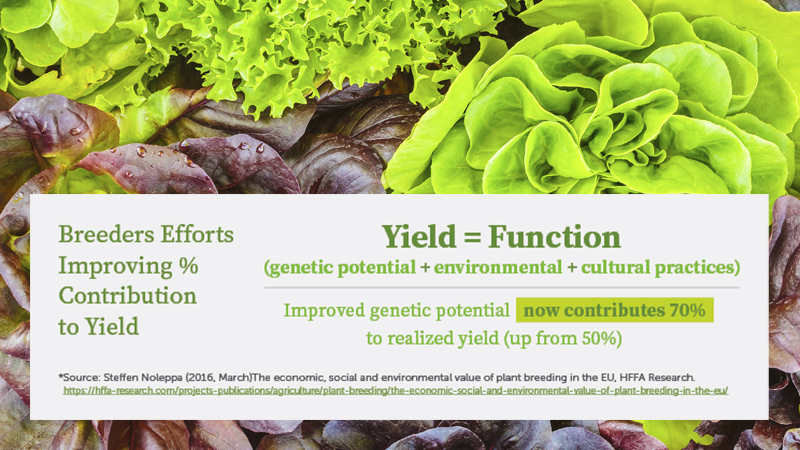Blueberries Hit The Billion-Pound Milestone
The world blueberry industry has seen unprecedented growth in the last decade, and this year hit noteworthy milestones. North American production of highbush blueberries topped 500 million pounds, while global highbush and wild blueberry production surpassed the 1 billion pound mark. Although the blueberry industry has been through some highs and lows, there are few, if any, agricultural crops that have seen such rapid growth and consistent profitability to all players along the supply chain.
Many factors contributed to this growth, including increased global demand, better varieties offering nearly year-round availability of fresh fruit and better quality, and positive media coverage of the latest compelling health findings on blueberries. In addition, strategic blueberry promotions and market access efforts by the U.S. Highbush Blueberry Council have been fundamental to the industry’s growth and beneficial to all growers, whether a small U-pick farm or the largest commercial grower.
The questions on every grower’s mind: What does the future hold for the blueberry industry? Will demand remain strong? Could this level of interest in blueberries wane?
Certainly there is reason for caution. Production is on the rise, especially in the Pacific Northwest and Southeast. Some areas of the U.S. are going to experience increased competition from foreign production. The growing supply from other countries will put pressure on some producers, particularly those focused on early and late season berries. Labor costs are rising, and there is concern about long-term labor availability here at home as well.
There is also reason for optimism. Consumption isn’t showing signs of slowing. Blueberries have held their position as a “Top 10 Superfood.” There continues to be explosive growth of new food products on the market featuring blueberries. This will drive new usage. Blueberries are still receiving positive press based on medical research. There will be continued improvements in genetics and in the distribution system.
Growing demand for blueberries is by no means isolated to North America. Awareness and demand for blueberries across Asia is ever-increasing and European consumption continues to grow. Even new producing countries like Mexico are developing a taste for blueberries.
Positioning For The Future
Now is not the time for individual growers to go it alone without a clearly defined plan. It is critical to acknowledge that the blueberry industry, like most segments in agriculture, is driving toward consolidation. Those choosing to maintain independence will need highly specialized market niches. Growers appropriately positioned for local direct market should take advantage of other strong current movements such as consumer demand for locally grown and organic fruits.
For many growers, connecting and aligning with a reputable company with established brands will ensure strength in numbers. Making a commitment to and maintaining fidelity with the right companies can aid in weathering the highs and lows. It is not the time to strike out on your own to form a new label for the fresh or processed markets. Buyers don’t want more sellers, they want fewer. A proliferation of labels and offerings goes against the trend toward consolidation.
Varieties matter. Planting the right varieties is critical to ensure sales to most market segments and to maximize profitability. Growers must have the varieties their buyers want, that are most productive, and that are best-suited to their sales models. Growers today simply cannot afford to have the wrong varieties in their fields.
Additionally, individual growers must be ferocious in their commitment to food safety and traceability. It is paramount that these good management practices become standard operating procedure for every grower. There will be zero tolerance in the future for growers lax in their safety and traceability practices. One food safety problem can put a farm out of business and cripple the industry in a matter of days.
Growers who’ve embraced consolidation trends and have aligned themselves with other companies should not miss out on the opportunities to diversify income as well. There are increasing opportunities to add secondary markets, selling close to home with relatively low risk through direct-marketing strategies such as farm stands, local grocers, farmers’ markets, community supported agriculture (CSA), and U-pick. The best time to invest in these strategies is when your wholesale business is profitable.
Despite the daunting challenges, blueberry growers are in an enviable position of growing a crop that is healthy and in great demand. By positioning operations to align with current and coming trends, growers can ensure that the next decade will be as positive as the last.










